Discover the Seven Wonders of the World
Anto
31 Jan 2024
The Seven Wonders of the World represent a collection of remarkable constructions from ancient times, each praised for its beauty, ingenuity and uniqueness. Although most of these wonders have disappeared over time, they continue to capture our imagination and inspire admiration the world over. In this article, we explore these seven iconic wonders and their fascinating history.
Your online travel health insurance
Start your quotation now and obtain your medical insurance certificate, which insures medical expenses according to the country’s needs.
The Great Pyramid of Giza, near Cairo, Egypt, is one of the most emblematic structures in human history. It was built over 4,000 years ago, during the fourth Egyptian dynasty, under the reign of Pharaoh Khufu. The pyramid is made up of millions of limestone and granite blocks, and its original height was 146.6 metres. It has been the tallest man-made structure for over 3,800 years.
The Great Pyramid of Giza continues to inspire admiration for its architectural precision and mathematical complexity. Little is yet known about how the ancient Egyptians managed to erect such a massive structure, making it a fascinating mystery of antiquity.
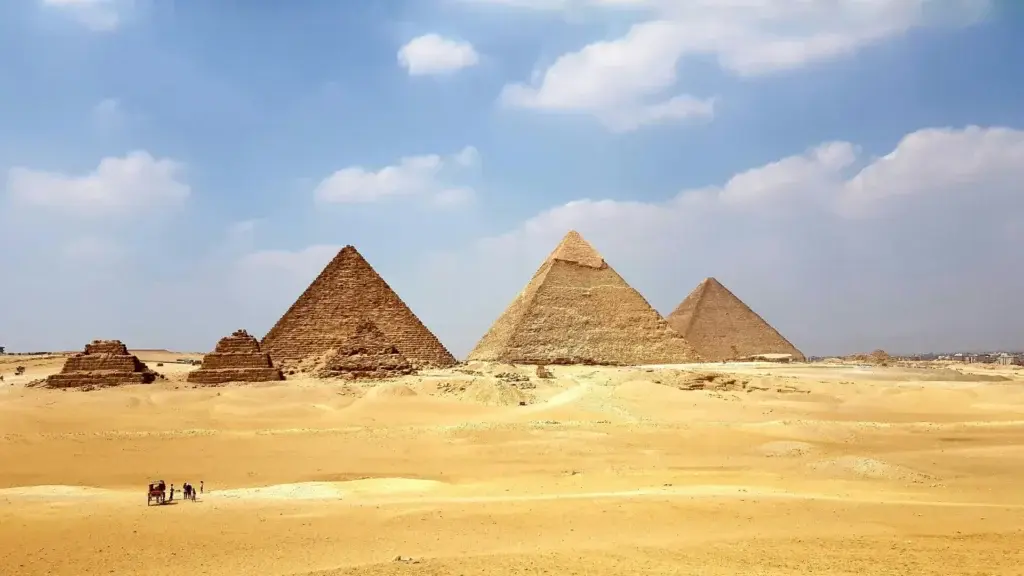
The Hanging Gardens of Babylon are often described as one of the most astonishing achievements of ancient Mesopotamia. They are said to have been built around 600 BC in Babylon, Iraq, during the reign of King Nebuchadnezzar II. The gardens were composed of raised terraces, supported by brick walls, and were adorned with lush plants and trees. Water was brought in from the Euphrates to irrigate the gardens, creating an enchanting spectacle.
Although the exact existence of the Hanging Gardens of Babylon is still debated by historians, they remain one of the most legendary wonders of antiquity, often evoked in literature and historical accounts.
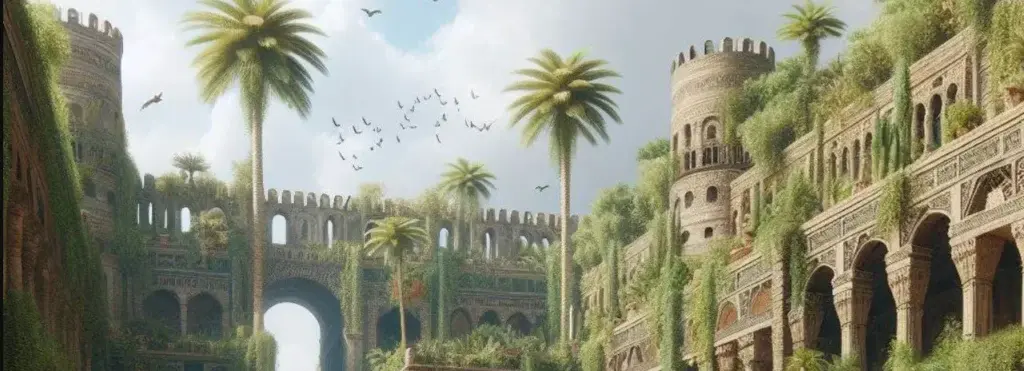
The Statue of Zeus at Olympia was a huge gold and ivory sculpture of Zeus, the king of the gods in Greek mythology. The statue stood in the Temple of Zeus in Olympia, Greece, and was created by the famous sculptor Phidias around 435 BC. The statue was around 12 meters high and depicted Zeus seated on a throne, holding a scepter and a winged victory.
The Statue of Zeus at Olympia was an artistic feat of antiquity, renowned for its realism and grandeur. Unfortunately, it disappeared over the centuries, a victim of the ravages of time and fire.
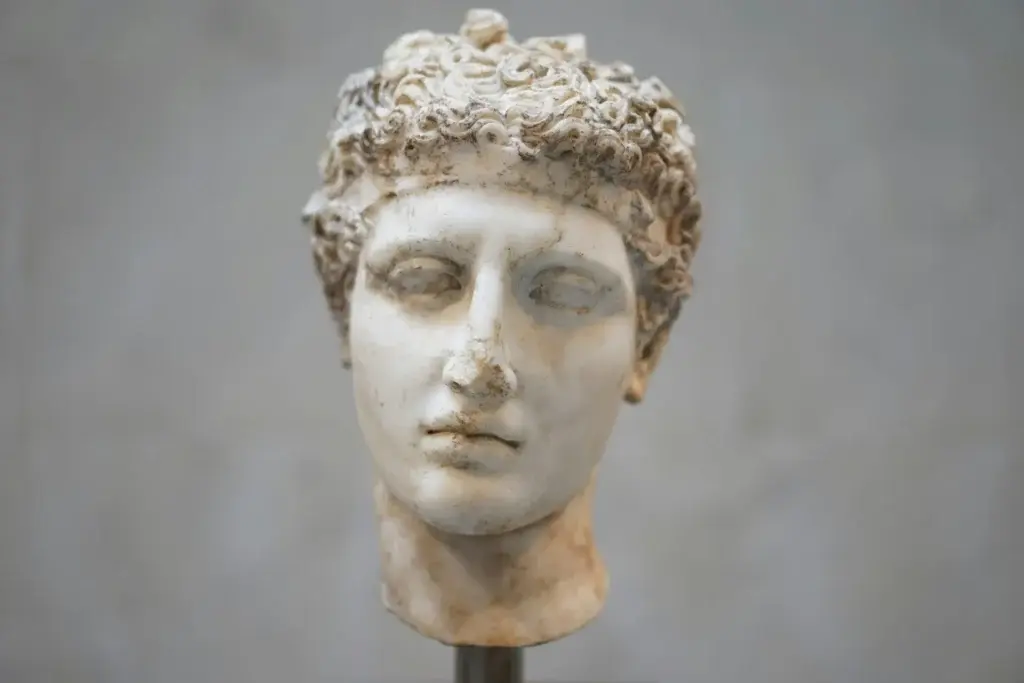
The Temple of Artemis in Ephesus was a temple dedicated to the goddess Artemis, built in Ephesus, Turkey, in the 6th century B.C. It was one of the largest temples of antiquity, measuring around 115 meters long and 55 meters wide. The temple was richly decorated and housed an impressive statue of Artemis.
Unfortunately, the Temple of Artemis has been destroyed and rebuilt several times throughout history. The last destruction took place in 401 A.D. by fanatics, and the temple has never been rebuilt.
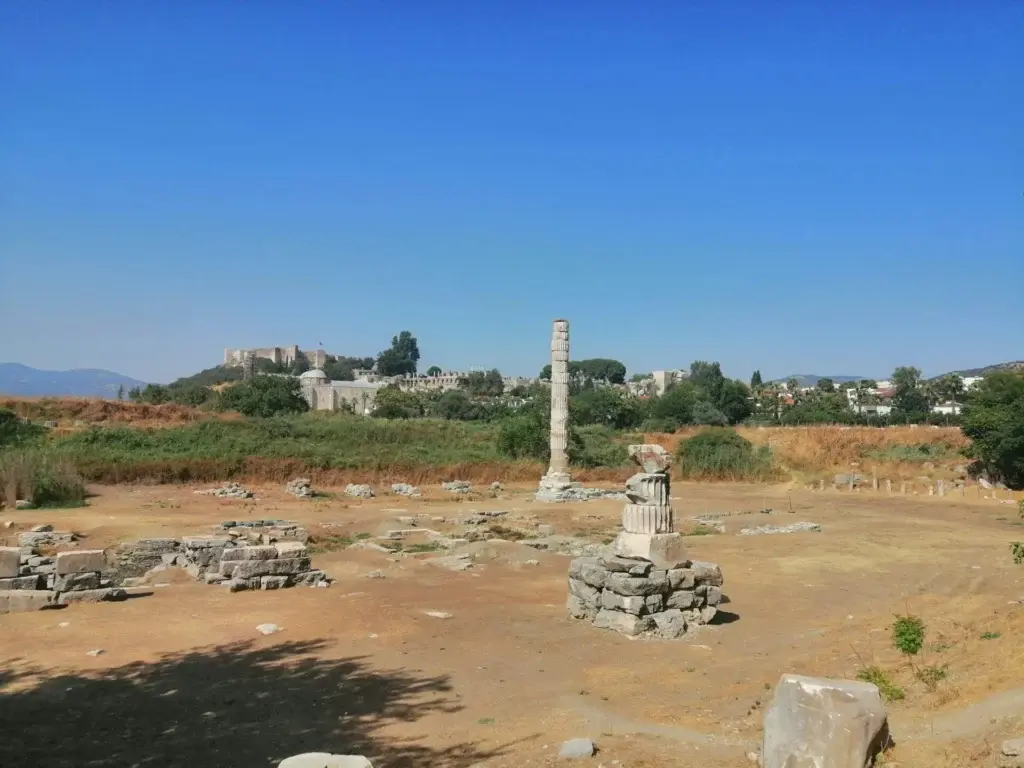
The Mausoleum of Halicarnassus, located in the town of Bodrum in modern Turkey, was a funerary monument built in honor of Mausoleus, a Carian king, and his wife Arsinoe. It was completed around 350 BC and was an impressive structure, blending Greek and Egyptian architectural elements. The structure had a rectangular base with a series of Ionic columns, a sculpted frieze and a large statue of Mausoleus at the top.
The term “mausoleum” we use today to designate a funerary monument comes from this famous structure. Unfortunately, the Mausoleum of Halicarnassus has been damaged by numerous earthquakes over the years and no longer exists in its original form.
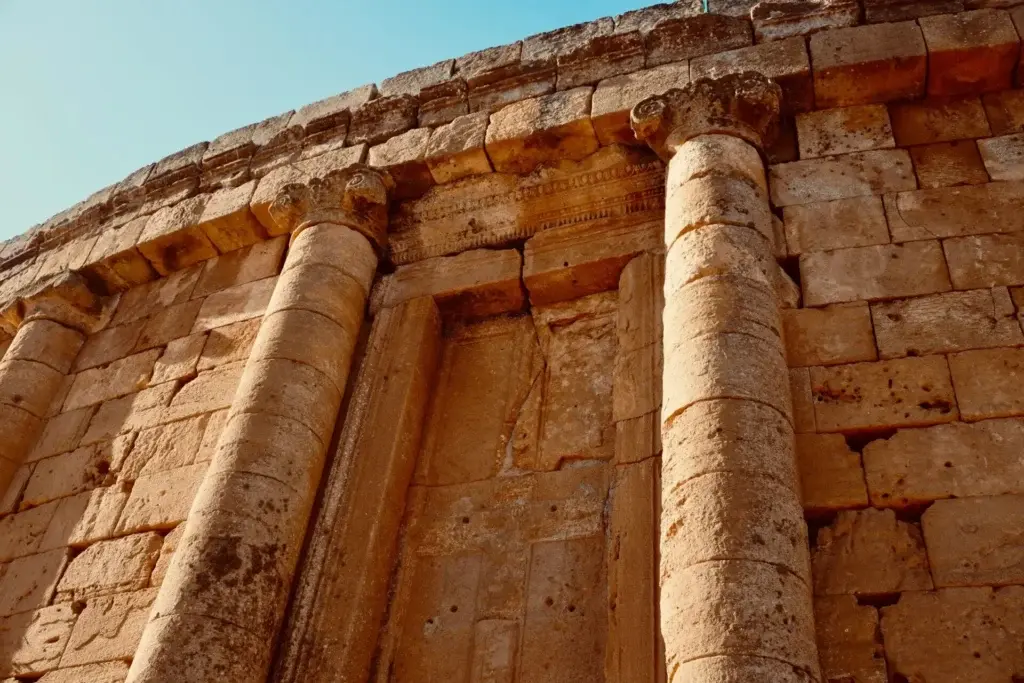
The Colossus of Rhodes was a monumental bronze statue of the Greek sun god Helios. It was built on the island of Rhodes, Greece, around 280 BC, to celebrate the victory of the Rhodians over the troops of Demetrios Poliorcetes. The statue stood some 30 meters high and was considered one of the wonders of Antiquity.
The Colossus of Rhodes was destroyed in an earthquake in 226 BC, and its debris lay in the ground for many years. Despite its destruction, it remains a symbol of the grandeur and creativity of ancient civilizations.
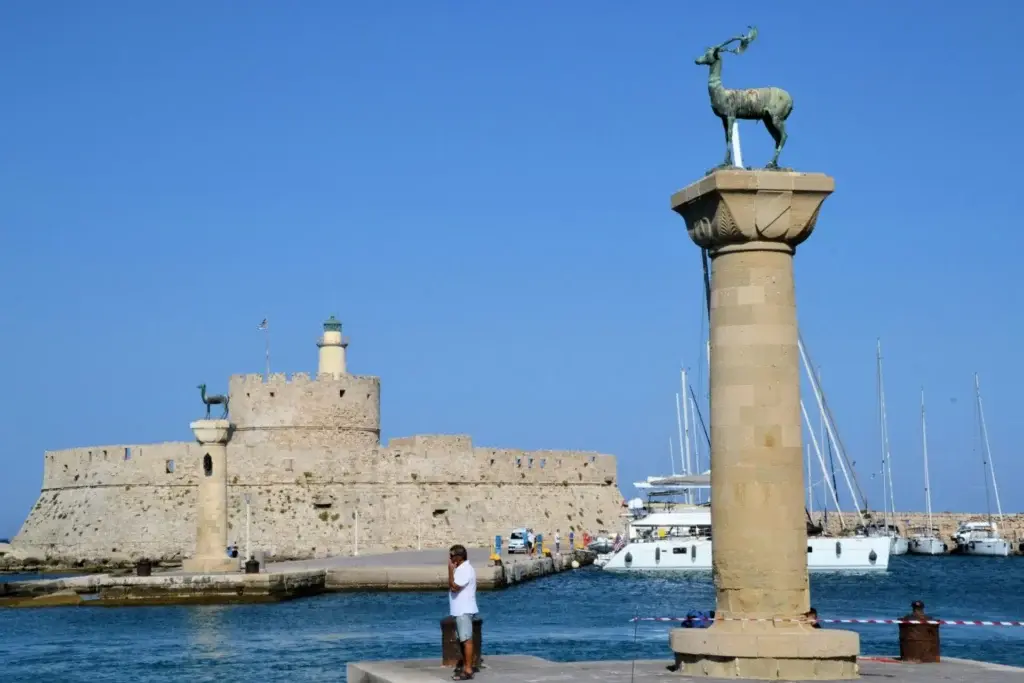
The Pharos of Alexandria was a lighthouse tower located on the island of Pharos, Egypt, and was built around 280 B.C. It was one of the first structures known to use fire to guide ships at night, thus acting as a beacon. The tower consisted of several storeys, culminating at a height of around 100 meters. At the top was a statue representing

Do you have any questions?
Our teams are here to advise you!

4,3/5 on Trustpilot

Certified partners

Human & committed service

Customized offer

Optimal coverage